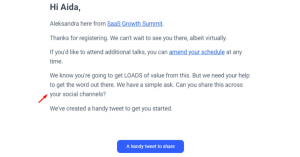Enterprise SEO has been my topic of choice for extracurricular “thought leadership” over the years. Last year, I gave a presentation on how we generated 40% year-over-year organic revenue growth by focusing on out executing the competition, not outsmarting them.
While my presentation focused on the in-house side of enterprise SEO, I’ve also experienced (and written about) getting things done—or trying to get things done—at an agency. SEO strategies for Fortune 500 brands often take 12+ months to see the light of day or, worse, never do.
Eventually, I got tired of that lack of action, which led me in-house. In two-and-a-half years leading SEO initiatives at Qualtrics, I’ve learned that most companies don’t have a strategy problem—they have an execution problem.
So many are distracted by the bleeding-edge techniques and purported algorithm tweaks hyped on SEO blogs and Twitter. But has anything in the last eight years of SEO really changed?
You still need to:
- Create quality content on relevant topics that users search for;
- Make sure search engines can access it;
- Establish your site as an authority.
That’s it. Leave algorithm update analysis to Twitter “celebrities” and focus instead on out executing. Here’s how to do it.
What should SEOs spend time on?
Time is the currency of SEO. Digital media scales with ad spend and martech, but SEO takes man-hours. While I loathed the billable-hour model at an agency, I still think it’s the best way to pay for SEO services.
It’s common to complete an SEO project in a few days (or even hours) but not see the results for nine months. It would be odd to keep paying for a service after the work is done—like paying a subscription for shade instead of buying the tree.
When I was at an agency, we would bill 10 hours a month to put together a monthly SEO report for some clients. I can guarantee we did not create $ 2,000–3,000 in value from those reports.
You don’t buy results—you earn them by investing in your website. The choices for how to spend your time or dollars fall into two buckets:
- Site improvements, such as new content, on-page optimizations, and fixing technical SEO errors.
- Program building, such as reporting, education, culture building, and enablement and documentation.
At least 80% of your time should be spent on the site improvements bucket. When you invest in program building, it must pave the way for faster site improvements.
For example, a worthwhile program investment is training your editorial team on URL creation because preventing technical errors takes less time than fixing them. Site improvements are where the rubber hits the road—where the execution happens.
Results—at least those you should take credit for—do not happen without execution.

Early at Qualtrics, I declared Fridays to be my Get Shit Done (GSD) days. On these days, I would open up Google Analytics, look for pages with declining year-over-year traffic, and spend 30 minutes sprucing up each page.
On some GSD Fridays, I held “bug bashing” sessions. I’d get site editors in a room, open up DeepCrawl, and start assigning reports to people:
- “You’re fixing long title tags.”
- “You’re checking for pages in sitemaps that shouldn’t be indexed.”
- “You’re reducing the number of internal redirects.”
Every Friday afternoon, ask yourself, “How many pieces of content did we ship this week, and how many pages did we improve?” Get. Shit. Done.
Sounds simple. But is enterprise SEO really that straightforward? You’d be surprised.
Guiding SEO principles for enterprise SEO
When it comes to SEO strategies, enterprise SEO isn’t that different than SEO for any other site. Enterprise sites are typically bigger, which adds emphasis on technical accessibility, but the basics remain:
- Can search engines efficiently access your content?
- Is your content relevant for popular search queries?
- Is your content authoritative and does it provide unique value to users?
What changes when you get to the enterprise level is how difficult corporate roadblocks make it to improve those three areas. Typically, the bigger the company, the harder it is.
As we’ve grown from 1,500 employees to more than 3,000, I’ve seen many more “strategy” and “manager” types come on board, yet the number of “doers” doesn’t usually grow at the same rate.
For this reason, enterprise SEO requires a weekly focus on shipping site improvements. Site improvement principles, once again, fall into two buckets:
- Action. Users and Google can reward only what’s in-market.
- Scale. Remove repetition and enable action with less effort.
Which one should you work on? It’s a classic prioritization act.
We have a Kanban board with all of our ideas in a backlog. Once a week, we assign a size and impact to each. We keep it to simple “t-shirt sizing” for effort and use the scientific WAG method to take a stab at how it impacts our New Leads and Marketing Qualified Leads (MQL) KPIs with three tiers of impact (10/100/1,000).
From there, it’s a group debate based on those inputs and business priorities. We try not to assign more than three tasks per team member each week.
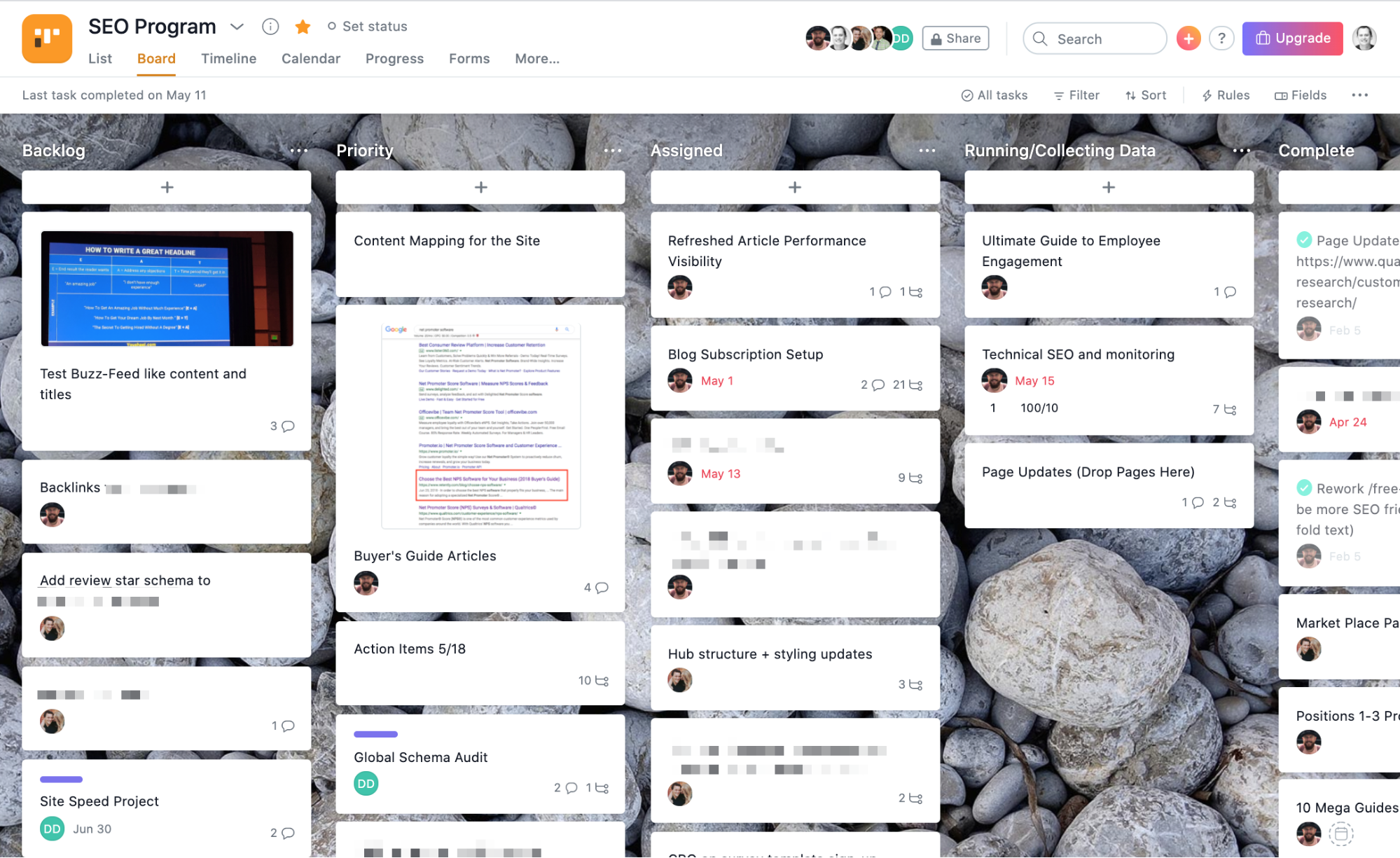
1. Action: If it’s not live, it’s not working.
“No one ever got organic traffic from content in a Google Doc.”
“Perfect is the enemy of live.”
I throw those two quotes around to the team all the time. Get. Shit. Done. This means doing things that don’t scale—build content, spend hours doing on-page optimizations, write that guest post.
There are two ways to grow the organic channel:
- Get more traffic
 from new keywords.
from new keywords.
- Get more traffic
 from existing keywords.
from existing keywords.
Here are our most common tactics to succeed with each.
3 tactics to grow with new keywords
1. Content velocity. Blogs are the easiest way to get content out quickly and consistently. We try to publish 3–6 times per week. Depending on how teams are structured, getting SEO priorities into the editorial calendar can be a political battle, especially at the enterprise level.
We’ve been fortunate enough to be the leading team on our blog, so at least half the content is for SEO audience-interest purposes. Some topics don’t make sense as blog posts or could do more heavy lifting elsewhere. (See tactic #3 for ideas on how to do that.)
To improve content velocity, I focus on getting content live rather than perfect. Publish now, see if Google likes it, then improve and optimize once it has the ability to compete for quality keywords.
2. Content gap analysis (CGA). Find relevant keywords you simply don’t have content for. These keywords feed into your editorial and page creation calendar to grow your total keyword footprint.
We like to do a CGA at least once per year to give us a big list of opportunities to draw from. I create a database or table of all keywords that Qualtrics and our five nearest competitors rank for.
After cleaning this list up, you can slice and dice it to answer questions like, “Which keywords do all competitors rank for but I don’t?” Chances are, if everyone else does, you should, too.
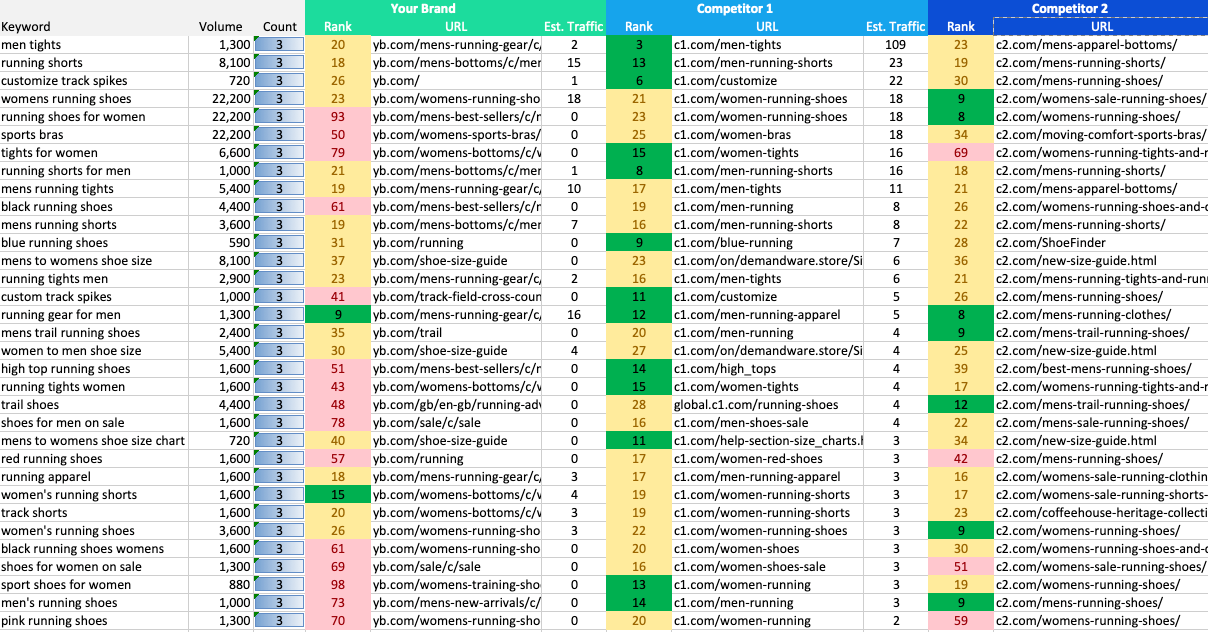
I detailed the full process of my content gap analysis back in 2017.
3. Big bets on evergreen content. At Qualtrics, our mission is to create the Experience Management (XM) software category. When we started on this journey, no one knew what XM was and, therefore, didn’t search for it.
So how can SEO create search volume? Our strategy was to rank for surrounding topics with educational and informational content—a way to seed the topic of XM for users who came to our site. We did this with an evergreen content hub. (Kane Jamison does a better job explaining content hubs than I can, so read that if you’re interested.)
We built the “What is XM?” hub, with 140+ SEO-friendly articles that offer in-depth, informational coverage of sub-topics like “net promoter score” or “customer experience software.” All topics ladder back up to the “XM” category:
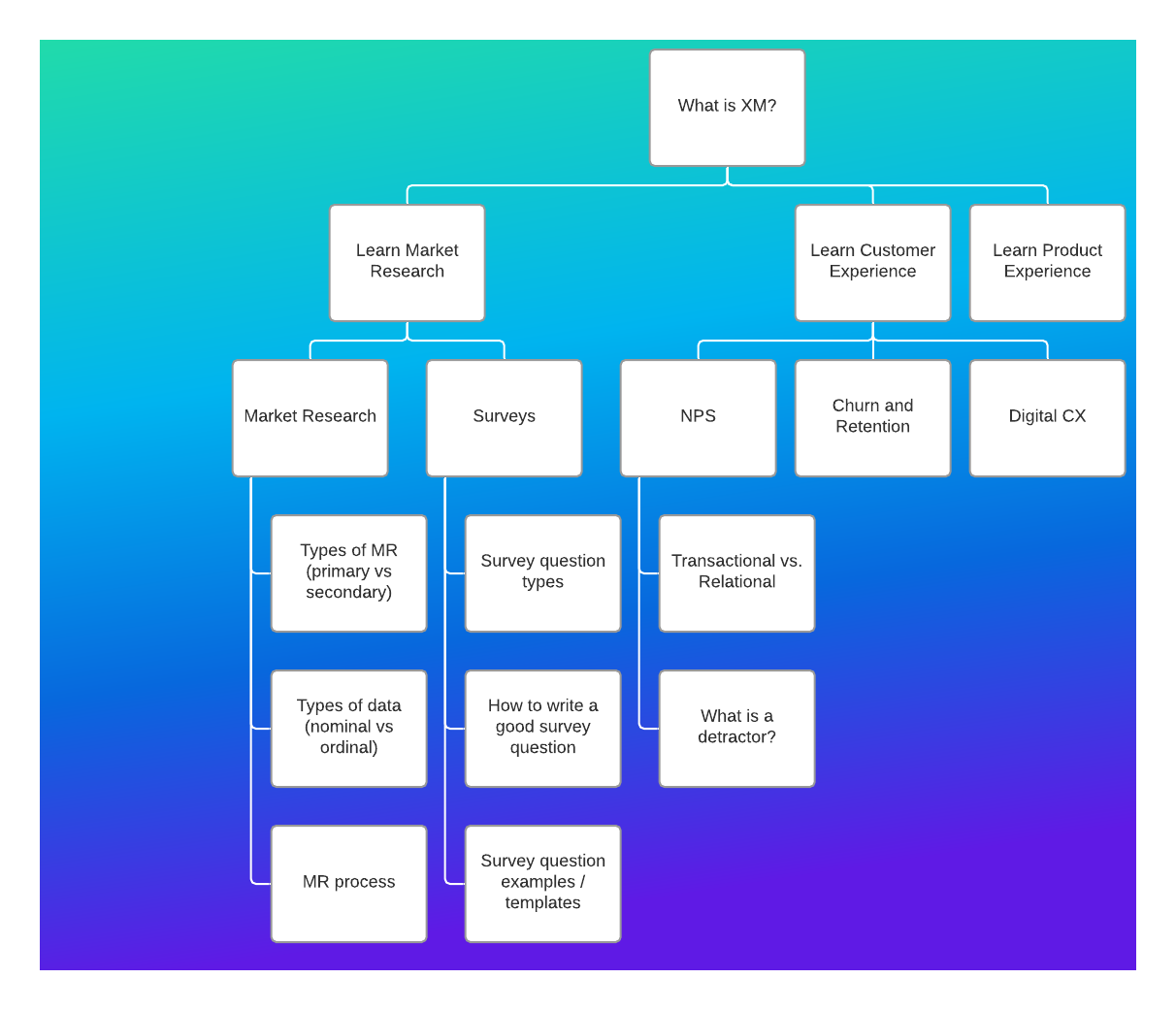
3 tactics to grow with existing keywords
1. Snippet click-through rate (CTR) testing and optimization. When I was at an agency and clients moved too slowly, we used to run user research on SERP snippets to provide value while we waited for the corporate backlog to clear.
We ran CTR tests in UserTesting.com before submitting changes to their dev or compliance teams—who might take six months to change a page title. With that sort of turnaround time, we liked to reduce the risk of getting it wrong (in case it took another six months to revert the title).
As part of that research, we would mock-up our best title tag variants in a fake Google SERP, then ask users, “Which result would you click on for the following search term?”
You can calculate the CTR, gather insights from which words are clicked, and get voice-of-customer feedback via a follow-up question on why they choose that result.

There are other, easier ways to do this that are more efficient and statistically significant. You can change snippets live on your site and observe fluctuations in Google Search Console. You can test in Google Ads for the same keywords, or do SEO A/B testing if you have a lot of pages on the same template and a tool in place.
2. On-page optimization. Talk about things that don’t scale. Good on-page optimization takes an hour or so per page, not including content writing. It’s as boring as it is essential.
There are a bunch of tools out there to make it easier and more effective. My favorite is Ziptopic. (I don’t get paid by them; I’m just a big fan.) Ziptopic uses a content model that’s superior to TF-IDF.
(TF-IDF had its own “SEO Twitter moment” for being a bad model, although I would argue that it can still give you good ideas and insights, regardless of whether it shows up in a Google patent.)
Ziptopic evaluates your content and analyzes competing pages in the same SERP to score your page for your core topic and multiple sub-topics. The latter can provide super actionable ideas for subsections of pages.
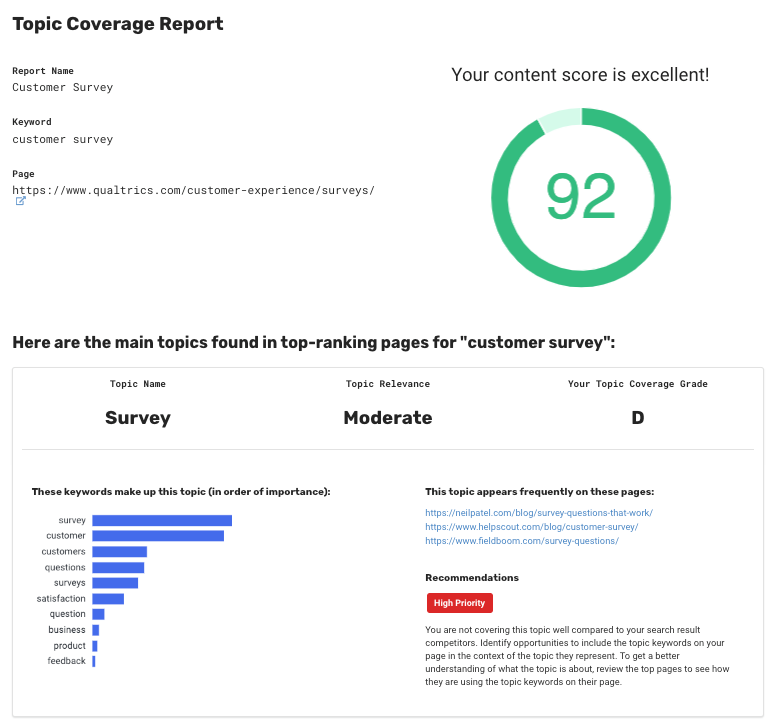
We’ve had outstanding results with it, and it’s so cheap it’s basically free (less than $ 200 a year). I compare it to parts of Market Muse—but at 1% the cost.
3. Content freshness. I’m definitely not the first person to talk about freshness as a “ranking factor.” We’ve run quite a few tests, and most of the time we refresh content, we see something like this:
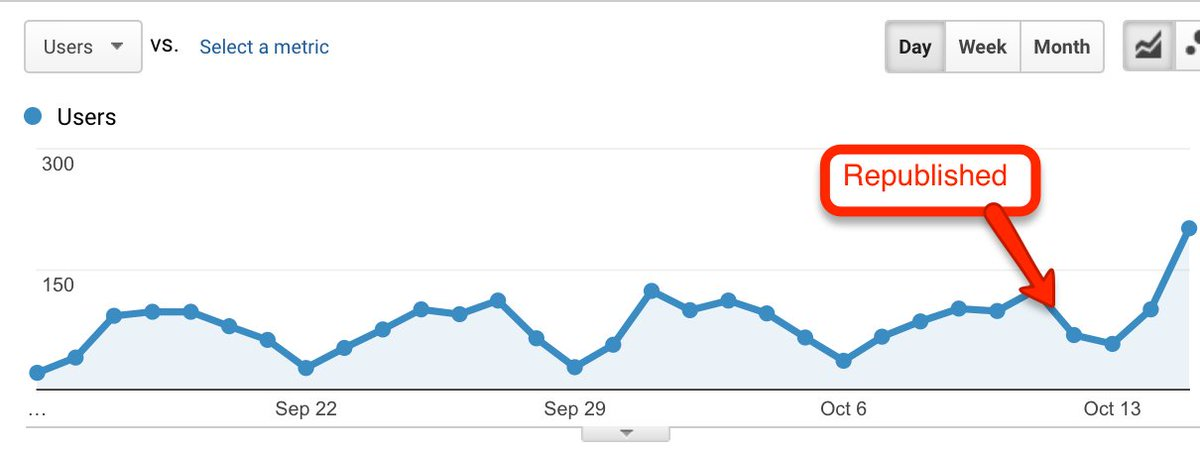
It amazing me how well this works. All we did was update a publish date for an article ranking around the sixth position. Two days later, it got 120% more users than the week before.
When we find ourselves looking for quick wins, we pull up a Google Analytics report with landing pages that have decreased year-over-year in sessions.
Once we find a candidate, we update it for product and brand standards. Make sure the call to action (CTA) is still the best you have, try and refresh 10–20% of the content, and change the publish date. It feels too easy, but it works!
My theory: Google respects freshness and—if you have a chronological blog, as everyone does—your newest articles are only a few crawl hops from the homepage. Older posts, in contrast, are found through pagination links. Updating the publish date reduces the crawl depth.
2. Scale: Systems enable action and reduce friction.
Scale means investing in systems that let your team move further, faster. Here are a few quick-hitting tactics to replicate this quarter.
Unlock page creation
Let’s face it: SEOs need more content than what lives on webpages, and webpages are hard to build. You have strategy, content, design, and dev—that’s at least four people. What if you could reduce your time-to-market for new pages by 60%? Here’s how we did it.
1. CMS templates, modules, and style guides. If you’re designing and developing “custom” pages all the time, you’re doing it wrong. We have a handful of templates for different purposes.
Since we’re in B2B SaaS, ours are:
- Role pages;
- Products;
- Industries;
- Features and use cases.
Each page type is used by 8–30 URLs. Shared among them are modules detailed in our style guide. Our style guide defines which elements (e.g., headings, lists, buttons) and modules (e.g., hero section, CTA row, video modals) look like.
By grabbing snippets from the style guide, almost anyone can slap together a quality page quickly.
2. Marketers build pages; developers build systems. You want developers to create templates that enable marketers to build many pages without coding. This frees up your technical team to work on things that marketers can’t even begin to understand, instead of wasting their skills copying and pasting your “SEO content” into a page.
We did this for product feature pages. With one creative design and one CMS template in WordPress, the SEO team published 29 purchase-intent pages that have created $ 10M in sales pipeline.
By using custom fields in WordPress, we created a flexible, marketer-friendly template:
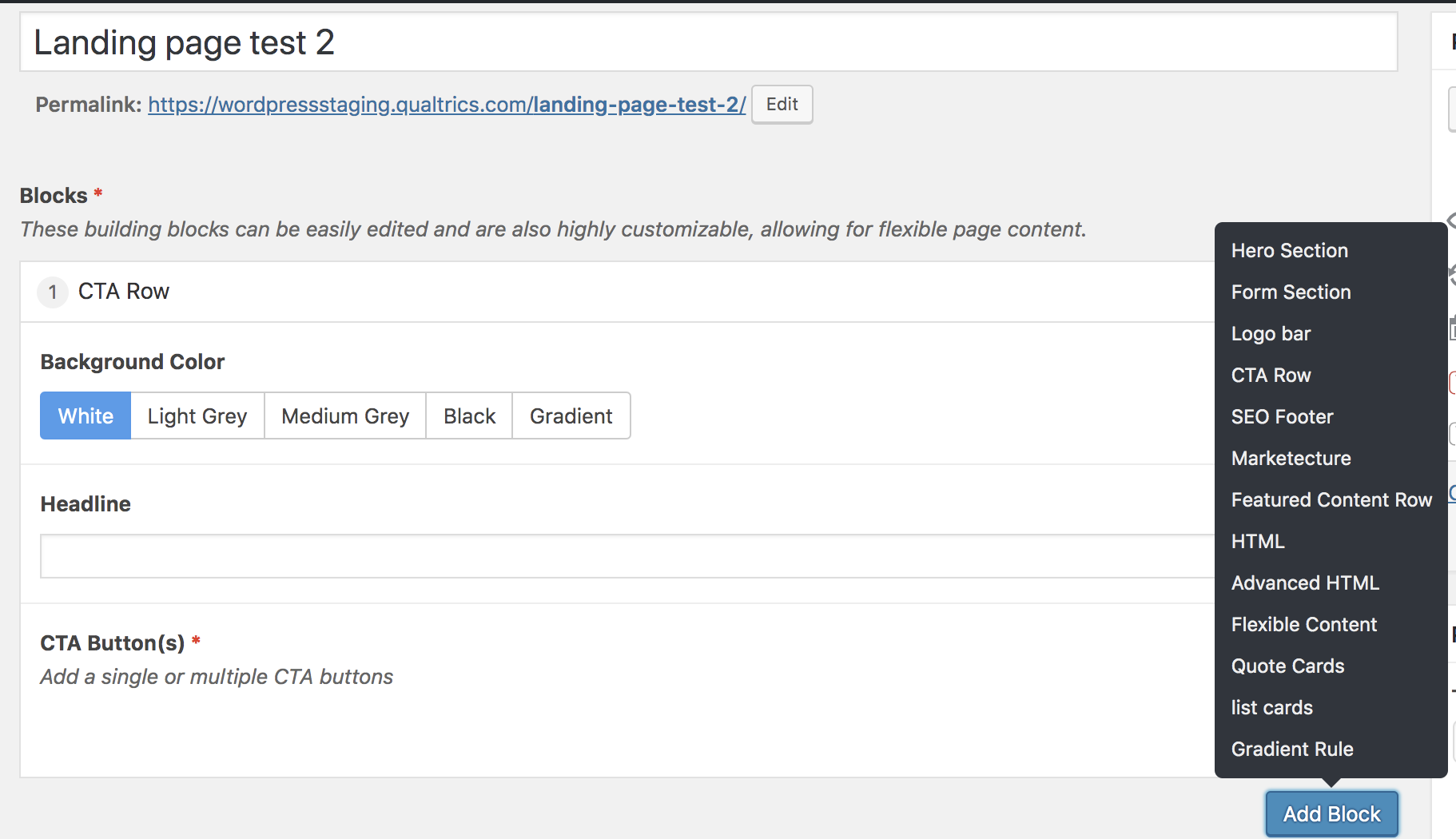
Scale internal linking
Internal link audits are time-consuming and boring—for you and the dev who needs to install them. You can create links dynamically using modules with find-and-replace rules.
Here are three examples:
1. Internal link modules to link to sister pages. On this page template, this section dynamically links to all other pages using that template in the same category. Add a new page? Boom, 12 internal links from relevant pages.
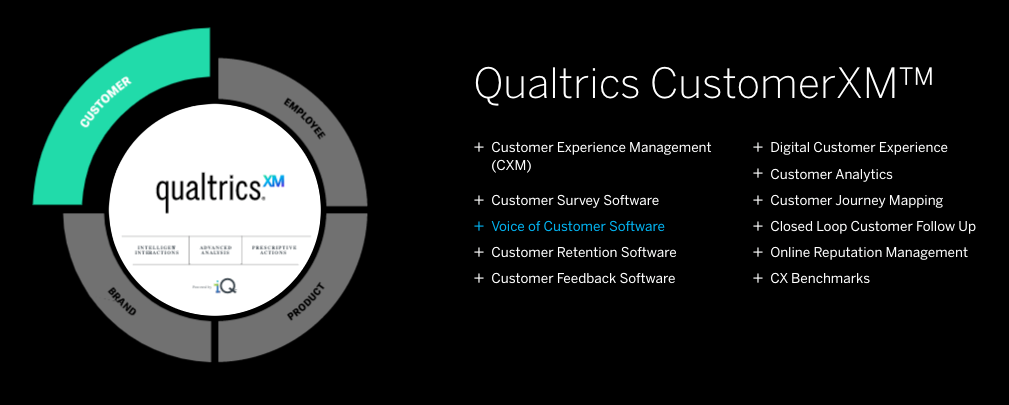
2. Populate sidebars or footers. G2 does something similar with their software category pages on the right-hand sidebar.
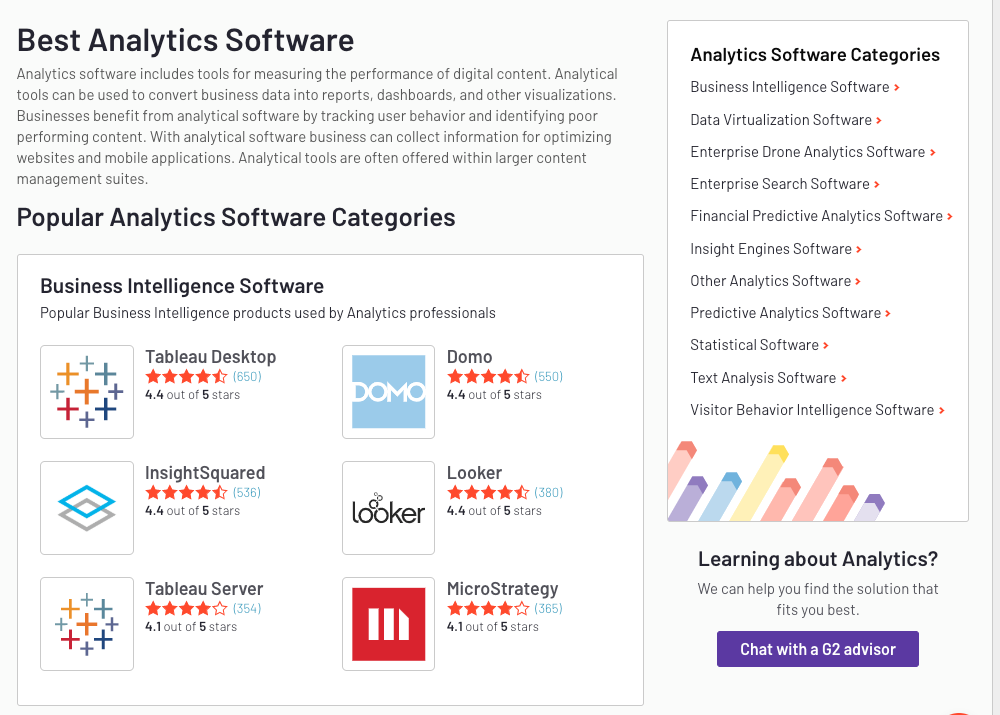
3. Dynamically insert links on select keywords. When I was at an agency, I did this for product descriptions for a large sportswear brand, dynamically inserting links to category pages that ranked better for non-branded terms.
Now, we do this with blog tags because, let’s be honest, most blog tags provide zero value to users. We manage this by mapping keywords to URLs in a lookup table:
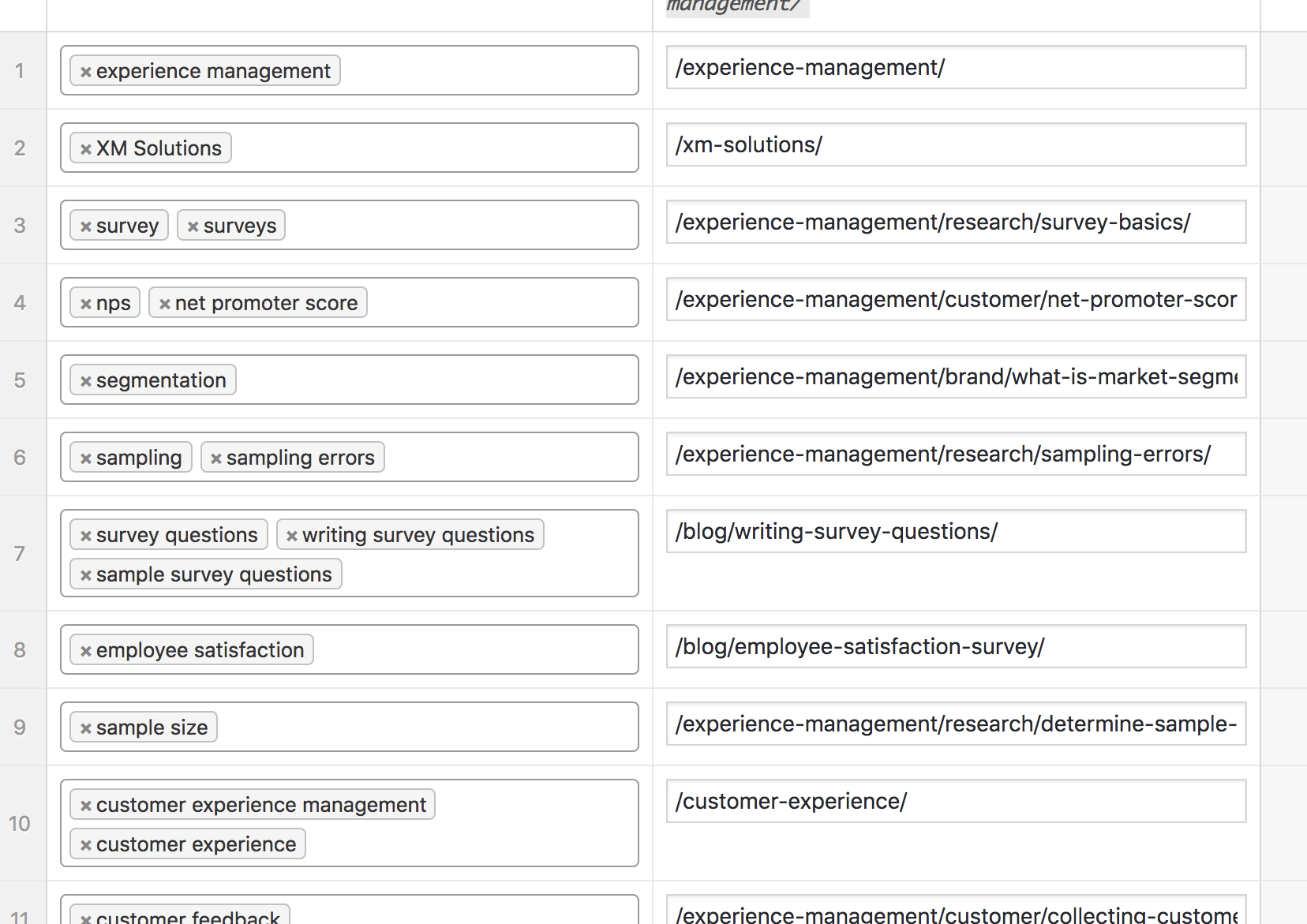
Unblock technical SEO
We call certain tasks “technical SEO,” but developers think it’s as technical as changing the background color of your old Myspace page. I’m talking about things like redirects, XML sitemaps, robots.txt files, etc.
While SEOs know how important these are, developers hate them. Why not ask your team to build tools to manage updates yourself? Our hreflang sitemaps got to the point that we needed to update them weekly. One developer got so sick of repeating this task that he built us a tool that APIs out of a Google Sheet into a publishing interface.
The SEO team updates the Google Sheet, presses “import,” reviews, and clicks “publish.” This works so well that we made similar tools to update the robots.txt file and our .htaccess file (to install redirects).

This type of technical access and trust takes time to build. We did it by meeting developers where they worked. Get in Jira, go to sprint planning meetings, do the leg work for your projects, communicate back impact so they can get promoted, and, of course, don’t forget to bring them doughnuts.
Eventually, the partnership with our engineering team led to my transition from Head of SEO to Head of Web Optimization—SEO had become deeply intertwined with our entire website strategy (as it should).
Conclusion
Focus on the things that you know work, ignore the stuff you can’t action on, and have a sense of urgency when it comes to improving your website, each and every week.
You can do it by:
- Spending at least 80% of your time on action.
- Executing on opportunities for new and existing keywords.
- Partnering with your development team to templatize page creation.
- Building systems to help SEOs and other marketers manage “technical” tasks.
Digital & Social Articles on Business 2 Community
(61)
Report Post


